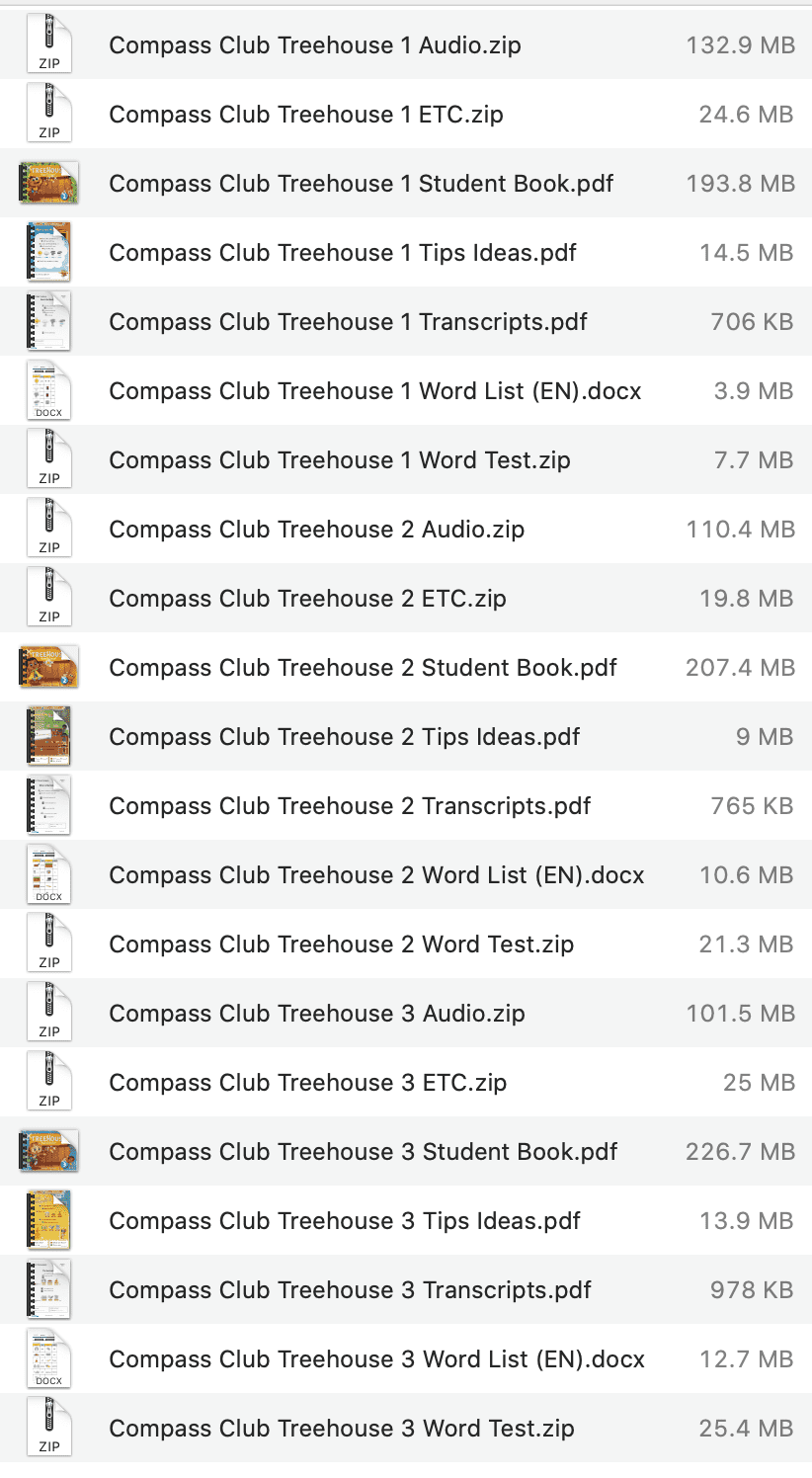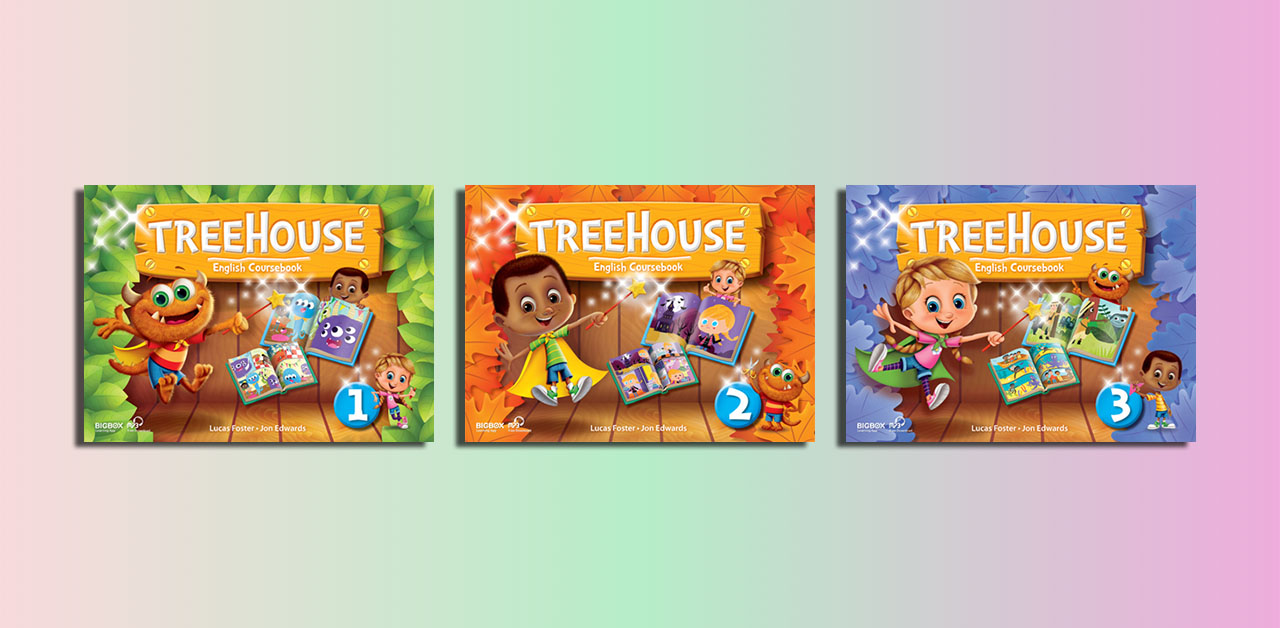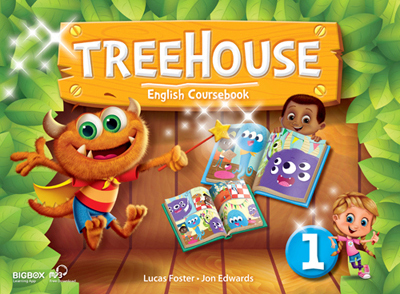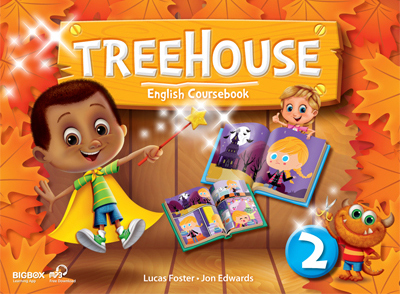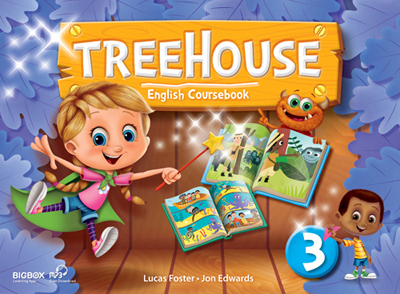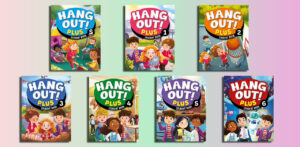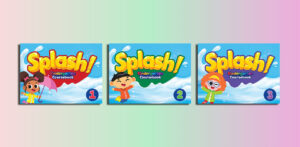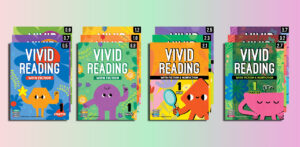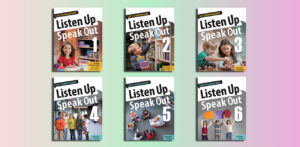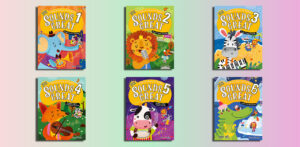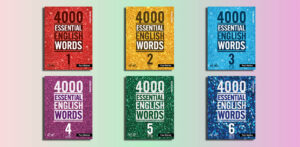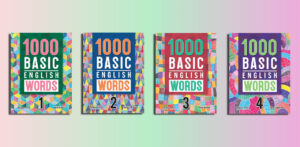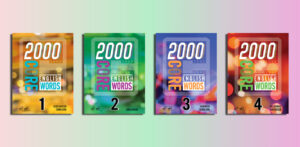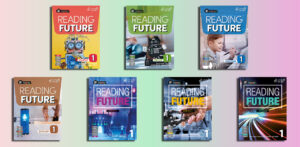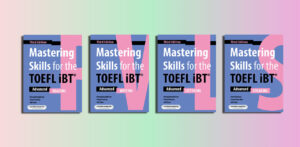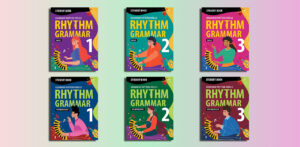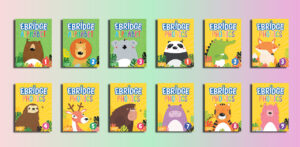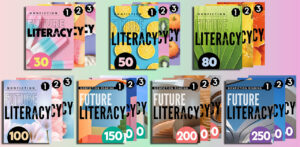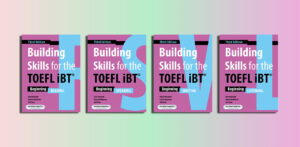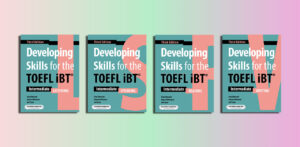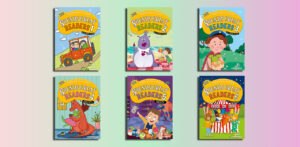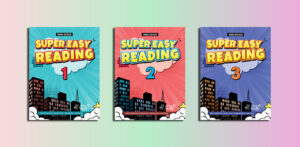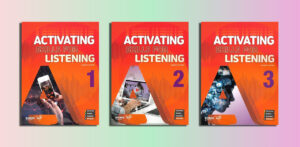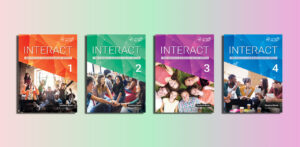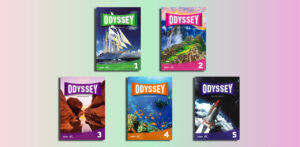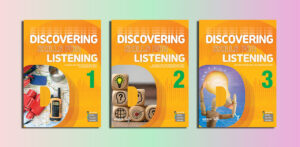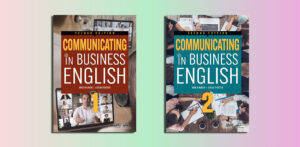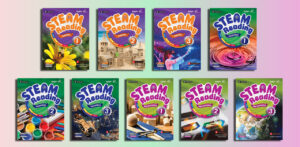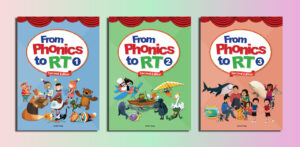Compass Club Treehouse (PDFs, Resources)
Level 1 (Pre A1)
Compass Club Treehouse 1 Audio.zip
Compass Club Treehouse 1 ETC.zip
Compass Club Treehouse 1 Student Book.pdf – Sample: Click
Compass Club Treehouse 1 Tips Ideas.pdf
Compass Club Treehouse 1 Transcripts.pdf
Compass Club Treehouse 1 Word List (EN).docx
Compass Club Treehouse 1 Word Test.zip
Level 2 (Pre A1)
Compass Club Treehouse 2 Audio.zip
Compass Club Treehouse 2 ETC.zip
Compass Club Treehouse 2 Student Book.pdf – Sample: Click
Compass Club Treehouse 2 Tips Ideas.pdf
Compass Club Treehouse 2 Transcripts.pdf
Compass Club Treehouse 2 Word List (EN).docx
Compass Club Treehouse 2 Word Test.zip
Level 3 (Pre A1)
Compass Club Treehouse 3 Audio.zip
Compass Club Treehouse 3 ETC.zip
Compass Club Treehouse 3 Student Book.pdf – Sample: Click
Compass Club Treehouse 3 Tips Ideas.pdf
Compass Club Treehouse 3 Transcripts.pdf
Compass Club Treehouse 3 Word List (EN).docx
Compass Club Treehouse 3 Word Test.zip
Overview of “Compass Club Treehouse” by Compass Publishing
Contents
| ✅ Coursebook: | Compass Club Treehouse |
| ✅ Publisher: | Compass Publishing |
| ✅ Levels: | Pre A1 |
| ✅ English type: | International English |
| ✅ For: | Preschool, Pre-K, Kindergarten |
| ✅ Publication year: | 2016 |
Compass Club Treehouse is a three-level coursebook series designed by Compass Publishing for pre-K and kindergarten students (ages approximately 3–6). Tailored for young English language learners, particularly in ESL/EFL settings, the series fosters foundational language skills through engaging, adventure-based narratives. Each level (Treehouse 1, 2, and 3) builds progressively on vocabulary, phonics, and simple sentence structures, using a blend of interactive activities like songs, chants, games, and role-playing. Below is a detailed exploration of the series, incorporating its four key guiding principles: Stealth Learning, Communicative Approach, Colorful Design and Illustrations, and Main Characters.
General Description
Structure: The series is divided into three levels, each containing thematic units centered on unique adventures. These units introduce language concepts through storytelling, ensuring young learners remain engaged while developing listening, speaking, reading, and basic writing skills.
Components:
- Student Books: Include vibrant illustrations, activities, and MP3 CDs for audio support (e.g., songs and chants available on platforms like SoundCloud).
- Activity Books: Provide hands-on exercises to reinforce learning.
- Teacher’s Guides: Offer detailed lesson plans, answer keys, and teaching strategies.
- Supplementary Materials: Flashcards, posters, and online resources enhance classroom engagement.
Target Audience: Ideal for pre-K and kindergarten ESL/EFL classrooms, as well as home schooling or supplementary learning environments. The content is culturally neutral, making it adaptable for diverse international settings.
Guiding Principles and Features
The series is built on four core principles that enhance its effectiveness and appeal for young learners and educators:
Stealth Learning:
- Concept: Each unit is structured as an immersive story where students actively participate in the narrative. Language learning is embedded within the plot, characters, and settings, making it feel like an adventure rather than traditional study.
- Impact: By focusing on the story’s progression, students absorb vocabulary and grammar naturally, which increases engagement and retention. For example, a unit might involve helping a character solve a problem (e.g., finding a lost item), with language tasks seamlessly integrated into the storyline.
- Teacher Benefit: This approach reduces resistance to learning, as children are motivated by the fun of the story rather than feeling they are completing drills.
Communicative Approach:
- Concept: The series prioritizes meaningful language use over rote memorization. Students apply newly learned words and phrases to advance the story, such as answering questions or role-playing scenarios.
- Impact: This method gives purpose to the language, helping students understand its practical application. For instance, a student might use phrases like “I see a dog” to describe a scene, reinforcing vocabulary while contributing to the narrative.
- Teacher Benefit: The communicative focus fosters active participation, encouraging students to speak and interact confidently, which aligns with modern language teaching methodologies.
Colorful Design and Illustrations:
- Concept: Every page features vibrant, theme-related background images that complement the unit’s storyline (e.g., a jungle setting for an animal-themed adventure).
- Impact: The colorful visuals captivate young learners, maintaining their attention and reinforcing the context of the story. Illustrations also serve as visual cues for vocabulary and comprehension.
- Teacher Benefit: The appealing design reduces the need for additional visual aids, as the books themselves create an immersive learning environment that keeps students focused.
Main Characters:
- Concept: Three recurring characters guide students through each unit, introducing the plot, setting, and tasks. These characters act as familiar companions, explaining what students need to do to move the story forward and providing support throughout.
- Impact: The characters build a sense of continuity and emotional connection, making learning more relatable and less intimidating. For example, a character might prompt students to repeat a phrase or complete a task to “help” them in the story.
- Teacher Benefit: The characters simplify classroom management by providing a consistent framework for instructions and activities, helping teachers engage students with familiar faces.
Compass Club Treehouse 1 Student Book
Who is suitable for “Compass Club Treehouse”?
“Compass Club Treehouse” by Compass Publishing is suitable for:
- Young Learners (Ages 3–6): Designed for pre-K and kindergarten students, typically aged 3 to 6, who are beginning to learn English.
- ESL/EFL Students: Ideal for children learning English as a Second Language (ESL) or English as a Foreign Language (EFL), particularly in non-English-speaking countries.
- Classroom Settings: Perfect for preschool and kindergarten teachers in ESL/EFL classrooms, offering structured lessons with interactive activities like songs, games, and role-playing.
- Home Schooling or Supplementary Learning: Suitable for parents or tutors teaching English at home, with Student Books, Activity Books, and MP3 CDs for independent practice.
- Beginner English Learners: Best for children with little to no prior English exposure, as the series starts with basic vocabulary, phonics, and simple sentences, progressing gradually across three levels.
- Diverse Learning Environments: The culturally neutral content and engaging, colorful design make it adaptable for international schools or multilingual settings.
The series caters to young learners who benefit from a fun, story-based, communicative approach to build confidence in listening, speaking, reading, and basic writing skills.
Compass Club Treehouse 2 Student Book
The benefits of “Compass Club Treehouse”
The “Compass Club Treehouse” series by Compass Publishing offers numerous benefits for young English language learners (ages 3–6) in pre-K and kindergarten settings, as well as for teachers and parents. Below are the key benefits, aligned with its guiding principles and educational design:
Benefits for Students
Engaging and Fun Learning (Stealth Learning):
- The series embeds language learning within adventure-based stories, making it feel like play rather than study. Children focus on plots, characters, and settings, which increases motivation and enjoyment.
- Example: A unit about helping a character find a lost item introduces vocabulary naturally, keeping students absorbed in the narrative.
Improved Language Retention (Communicative Approach):
- Students use English actively to advance storylines, giving purpose to the language they learn. This contextual use enhances comprehension and long-term retention of vocabulary and phrases.
- Example: Role-playing dialogues like “Where is the cat?” helps students practice speaking while contributing to the story.
Appealing Visuals for Engagement (Colorful Design and Illustrations):
- Vibrant, theme-related illustrations on every page capture young learners’ attention and reinforce the story’s context, making lessons visually stimulating.
- Example: A jungle-themed unit with colorful animal images helps students associate words like “lion” or “tree” with vivid visuals.
Confidence Building (Main Characters):
- Recurring characters guide students through each unit, acting as familiar companions who provide clear instructions and encouragement. This builds confidence, especially for shy or beginner learners.
- Example: A character prompting a student to say “I can help!” fosters a sense of achievement.
Holistic Skill Development:
- The series develops foundational English skills—listening, speaking, reading, and basic writing—through varied activities like songs, chants, games, and phonics exercises.
- Example: Phonics activities in Level 1 teach letter sounds, while Level 3 introduces short stories for early reading comprehension.
Scaffolded Progression:
- The three-level structure (Treehouse 1, 2, and 3) ensures gradual skill development, catering to beginners and slightly more advanced learners. This prevents overwhelm and supports steady progress.
- Example: Level 1 focuses on single words like “dog,” while Level 3 introduces sentences like “The dog is big.”
Benefits for Teachers
Structured Yet Flexible Lessons:
- Comprehensive Teacher’s Guides provide detailed lesson plans, answer keys, and teaching tips, making preparation easy. The flexible format allows adaptation to different classroom needs.
- Example: Teachers can use provided flashcards or posters to enhance group activities.
Engaging Classroom Management:
- The story-based approach and interactive activities (games, role-plays) keep young learners focused, reducing classroom disruptions.
- Example: Group chants or movement-based tasks maintain energy and participation.
Versatile Resources:
- Supplementary materials like MP3 CDs, online audio (e.g., on SoundCloud), flashcards, and posters support diverse teaching methods, catering to visual, auditory, and kinesthetic learners.
- Example: Audio tracks reinforce pronunciation during listening activities.
Culturally Neutral Content:
- The series’ universal themes (e.g., animals, nature) make it adaptable for international classrooms, avoiding cultural barriers.
- Example: A unit on daily routines is relatable across cultures.
Benefits for Parents
Effective Home Learning Support:
- Student Books and Activity Books, paired with MP3 CDs, allow parents to reinforce classroom learning at home, even without teaching experience.
- Example: Parents can play audio tracks for children to practice songs or repeat phrases.
Encourages Independent Practice:
- The engaging stories and activities motivate children to explore the materials independently, fostering a love for learning English.
- Example: Activity Books with coloring or matching tasks keep children engaged outside class.
Age-Appropriate Content:
- The series is tailored for young learners, ensuring content is simple, safe, and appealing, giving parents confidence in its suitability.
- Example: Colorful, non-intimidating illustrations make learning approachable.
Broader Educational Benefits
- Multi-Sensory Learning: Combines visual (illustrations), auditory (songs, chants), and kinesthetic (games, role-plays) elements to cater to diverse learning styles, maximizing engagement and retention.
- Early Language Foundation: Builds a strong base in phonics, vocabulary, and sentence structures, preparing children for future English studies.
- Social and Emotional Growth: Group activities and character interactions promote teamwork, communication, and confidence in using English.
Conclusion
“Compass Club Treehouse” transforms English learning into an enjoyable, story-driven adventure, benefiting young learners by making language acquisition natural and fun. Teachers gain a robust, easy-to-use resource, while parents appreciate its accessibility for home support. Its communicative, visually rich, and character-driven approach ensures effective skill-building for ESL/EFL students in diverse settings.
Compass Club Treehouse 3 Student Book
Effective teaching strategies for “Compass Club Treehouse”
Effective teaching strategies for using “Compass Club Treehouse” by Compass Publishing in pre-K and kindergarten ESL/EFL classrooms (ages 3–6) leverage the series’ guiding principles—Stealth Learning, Communicative Approach, Colorful Design and Illustrations, and Main Characters—to maximize engagement and language acquisition. Below are practical, evidence-based strategies tailored to the series’ structure and components, designed to help teachers deliver engaging lessons and foster a positive learning environment.
1. Leverage Stealth Learning Through Storytelling
- Strategy: Immerse students in the unit’s adventure narrative to make language learning feel like play.
- Implementation:
- Story Introduction: Begin each unit by introducing the plot, setting, and characters using the Student Book’s illustrations. For example, in a unit about a zoo adventure, ask students, “Where are we today?” while pointing to animal pictures.
- Role-Playing: Encourage students to “join” the story by acting as characters. Assign simple roles (e.g., “You’re the helper!”) to practice key phrases like “I see a lion.”
- Story Progression: Pause at key points to ask predictive questions (e.g., “What happens next?”) to keep students engaged and reinforce vocabulary in context.
- Why It Works: The story-driven approach (Stealth Learning) distracts from the “work” of learning, making it fun and memorable, as young learners focus on the narrative rather than rote drills.
2. Promote Active Communication (Communicative Approach)
- Strategy: Encourage students to use English actively to advance the story, fostering meaningful language practice.
- Implementation:
- Dialogue Practice: Use the unit’s dialogues or chants for pair or group work. For example, in Level 2, have students practice phrases like “Can you help me?” in a role-play where they assist a character.
- Interactive Questions: Ask open-ended questions tied to the story, such as “What does the character need?” to prompt full-sentence responses (e.g., “She needs a ball.”).
- TPR (Total Physical Response): Pair language with actions, like clapping while saying “Big dog!” to reinforce vocabulary through movement.
- Why It Works: The Communicative Approach ensures students use language purposefully, improving retention and confidence in speaking.
3. Maximize Visual Engagement (Colorful Design and Illustrations)
- Strategy: Use the vibrant illustrations and supplementary visuals to enhance comprehension and maintain attention.
- Implementation:
- Picture Walks: Before reading, guide students through the unit’s images, asking, “What do you see?” to pre-teach vocabulary (e.g., “This is a tree!”).
- Flashcard Games: Use provided flashcards for matching or memory games. For example, show a flashcard of a “cat” and ask students to find the matching image in the Student Book.
- Poster Activities: Display unit-themed posters and have students point to or name items during group activities, reinforcing vocabulary like colors or animals.
- Why It Works: The series’ colorful design captivates young learners, and visuals provide context clues, aiding comprehension for beginners.
4. Utilize Main Characters as Teaching Aids
- Strategy: Leverage the recurring characters to build familiarity and guide instruction, making lessons approachable.
- Implementation:
- Character Prompts: Use the characters to deliver instructions. For example, say, “Lulu says, ‘Let’s sing!’” before playing a unit song from the MP3 CD.
- Puppet or Visual Aids: Create or use character cutouts to act out story parts, encouraging students to respond to the character (e.g., “What does Max want?”).
- Confidence Building: Have characters “praise” students for correct answers (e.g., “Lulu says, ‘Great job!’”), boosting motivation.
- Why It Works: Familiar characters create a safe, friendly learning environment, reducing anxiety and encouraging participation.
5. Incorporate Multi-Sensory Activities
- Strategy: Combine auditory, visual, and kinesthetic activities to cater to diverse learning styles and reinforce language skills.
- Implementation:
- Songs and Chants: Play audio tracks from the MP3 CD or SoundCloud to teach vocabulary through rhythm and repetition. Have students clap or move to the beat.
- Hands-On Tasks: Use Activity Books for coloring, tracing, or matching exercises to reinforce vocabulary and introduce early writing skills.
- Movement Games: Organize games like “Simon Says” with unit phrases (e.g., “Touch the dog!”) to combine physical activity with language practice.
- Why It Works: Multi-sensory engagement aligns with early childhood learning principles, enhancing retention and catering to varied learner needs.
6. Scaffold Learning Across Levels
- Strategy: Tailor activities to match the progressive complexity of Treehouse 1, 2, and 3, ensuring appropriate challenges.
- Implementation:
- Level 1: Focus on single-word recognition and phonics (e.g., “B for ball”). Use repetitive chants and pointing activities to build confidence.
- Level 2: Introduce short phrases and dialogues (e.g., “I like apples”). Encourage pair work for simple conversations.
- Level 3: Incorporate short stories and comprehension questions (e.g., “Who is in the house?”). Use split editions (3A/3B) for gradual progression.
- Why It Works: Scaffolding ensures students build on prior knowledge, preventing overwhelm and supporting steady skill development.
7. Foster Group and Collaborative Learning
- Strategy: Use group activities to promote social interaction and language practice, aligning with the series’ interactive nature.
- Implementation:
- Group Chants: Have the class chant unit phrases together, such as “We go to the park!” to build fluency and teamwork.
- Pair Work: Pair students to act out story scenes, like asking and answering, “What’s this?” with flashcards.
- Class Projects: Create a class mural based on the unit theme (e.g., a zoo scene), where students label items in English.
- Why It Works: Collaborative tasks mirror the series’ communicative focus, encouraging peer learning and social skills.
8. Utilize Teacher’s Guides and Supplementary Resources
- Strategy: Rely on the provided Teacher’s Guides and materials to streamline planning and enhance lessons.
- Implementation:
- Lesson Plans: Follow the Teacher’s Guide for step-by-step activities, adapting suggestions to suit class size or time constraints.
- Supplementary Tools: Use flashcards, posters, and online audio resources (available on Compass Publishing’s website or SoundCloud) to reinforce lessons.
- Assessment Tips: Apply the guide’s assessment ideas, like observing students during role-plays, to gauge progress informally.
- Why It Works: The comprehensive resources save preparation time and provide structured support, ensuring effective delivery.
9. Adapt for Diverse Learners
- Strategy: Modify activities to accommodate varying skill levels and learning needs in the classroom.
- Implementation:
- Differentiation: For advanced students, add challenges like creating new sentences (e.g., “The dog is small”). For struggling learners, focus on repetition and visual cues.
- Inclusive Activities: Use non-verbal responses (e.g., pointing or gesturing) for shy or beginner students to participate without pressure.
- Cultural Sensitivity: Highlight universal themes (e.g., family, animals) to ensure inclusivity in diverse classrooms.
- Why It Works: The series’ flexible, culturally neutral design supports adaptation for mixed-ability groups, ensuring all students benefit.
10. Encourage Home Reinforcement
- Strategy: Involve parents to extend learning beyond the classroom using the series’ take-home materials.
- Implementation:
- Parent Guides: Share simple instructions from the Teacher’s Guide with parents, suggesting they play MP3 tracks or review Activity Book pages.
- Home Activities: Recommend activities like singing unit songs or labeling household items with learned words (e.g., “door,” “chair”).
- Progress Sharing: Send home examples of student work (e.g., completed Activity Book pages) to show progress and encourage practice.
- Why It Works: Home reinforcement strengthens retention and builds a supportive learning ecosystem.
Practical Tips for Success
Keep Sessions Short: Limit activities to 5–10 minutes to match young learners’ attention spans.
Use Positive Reinforcement: Praise effort (e.g., “Great job saying ‘cat’!”) to build confidence, aligning with the characters’ supportive role.
Integrate Technology: Play audio tracks or show digital flashcards (if available) on classroom screens to enhance engagement.
Monitor Progress: Use informal assessments, like observing participation or checking Activity Book tasks, to track development without formal tests.
Conclusion
By leveraging the narrative-driven, communicative, and visually rich design of “Compass Club Treehouse,” teachers can create dynamic, engaging lessons that foster English acquisition in young learners. These strategies—rooted in the series’ principles and supported by its resources—promote active participation, confidence, and skill development in a fun, supportive environment.

